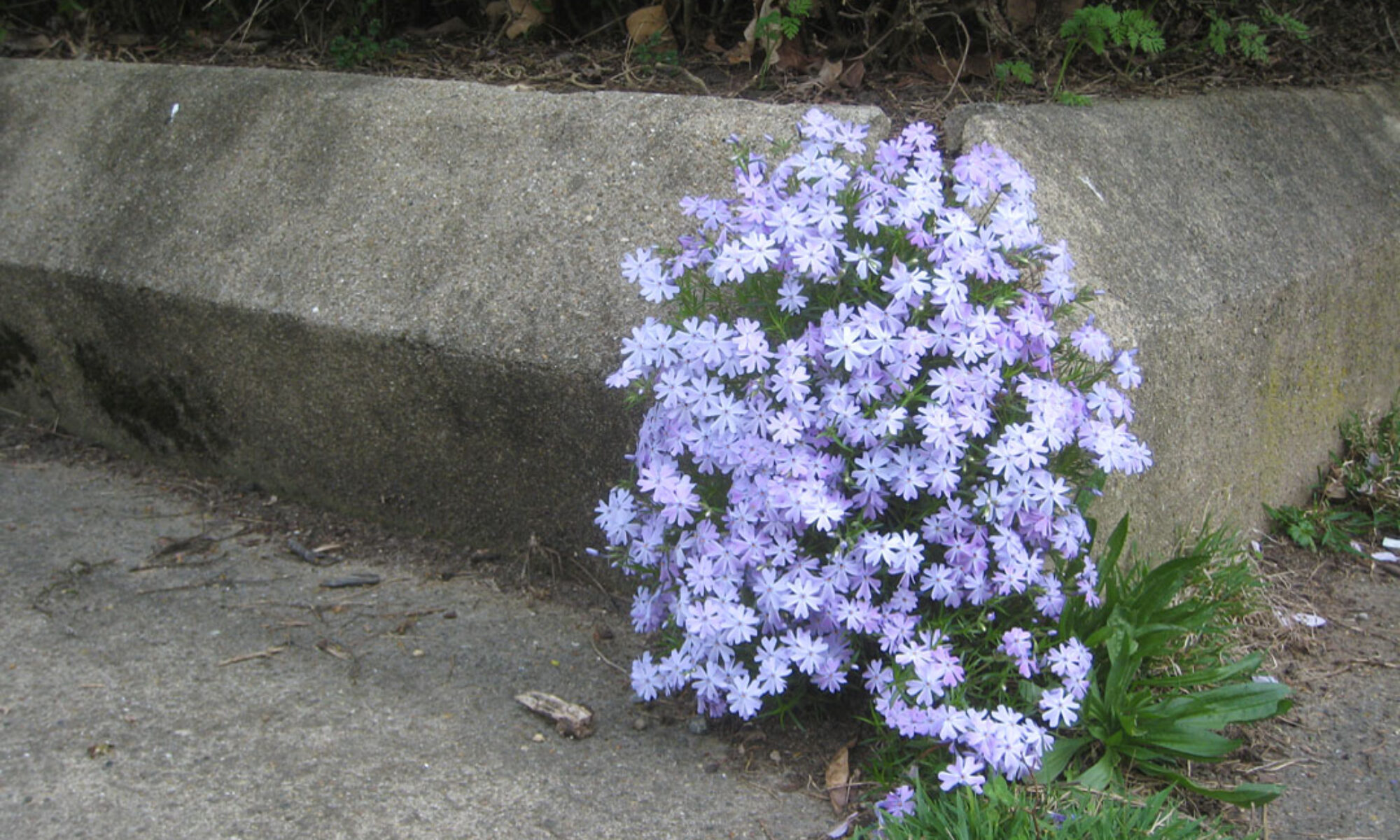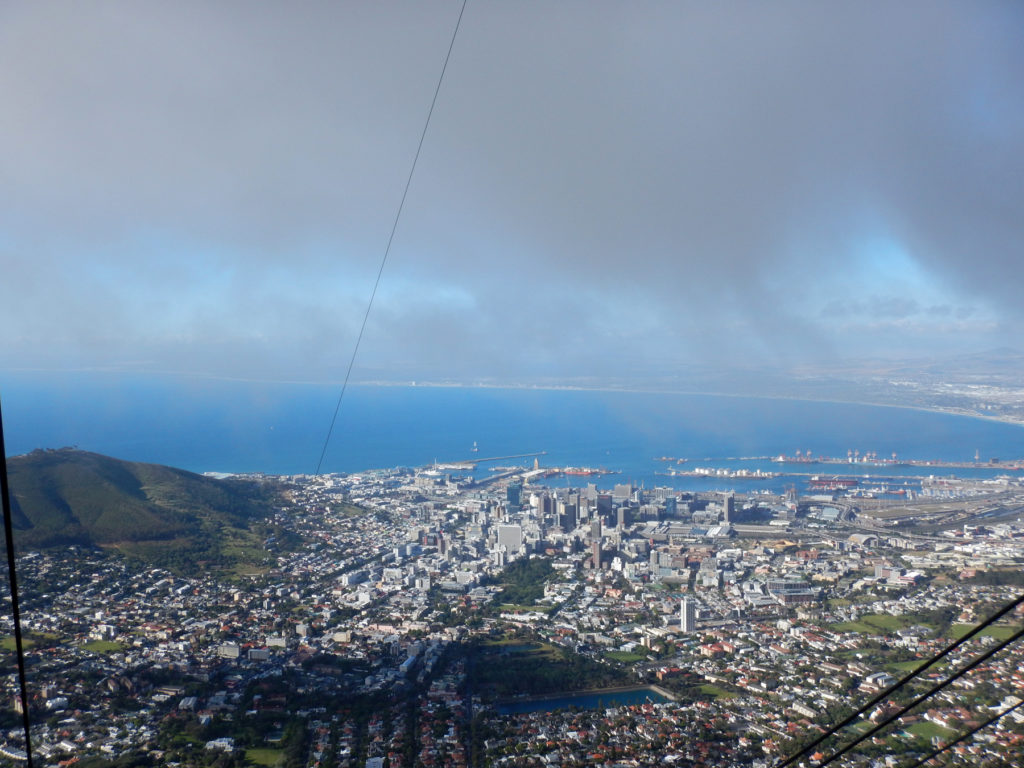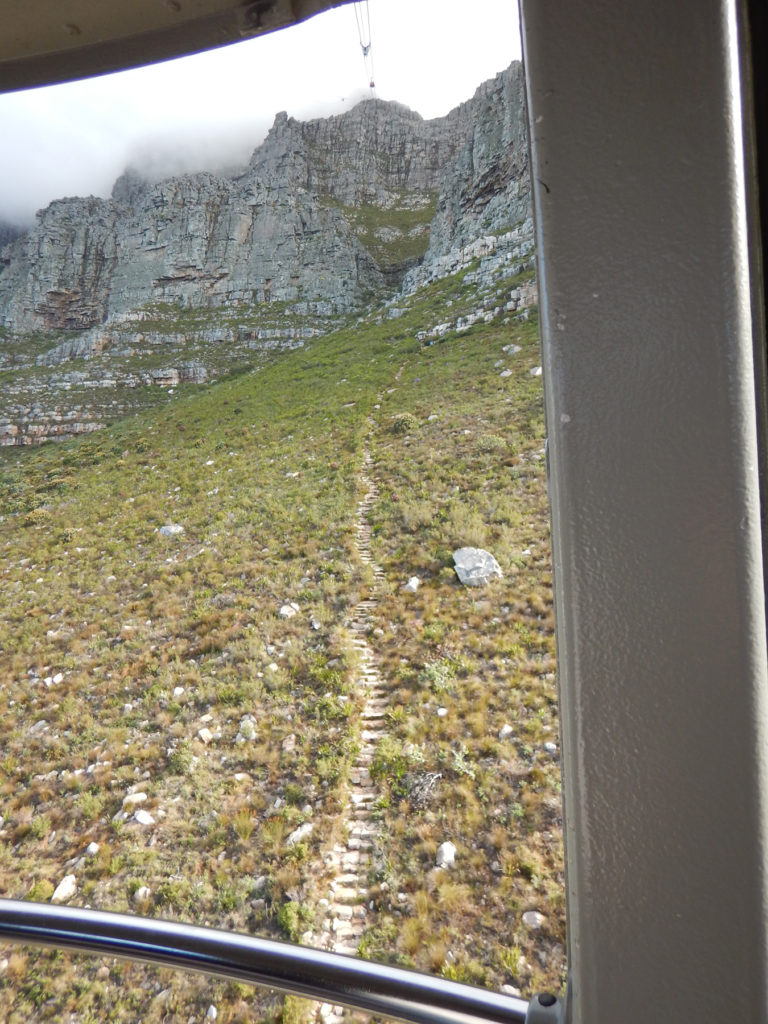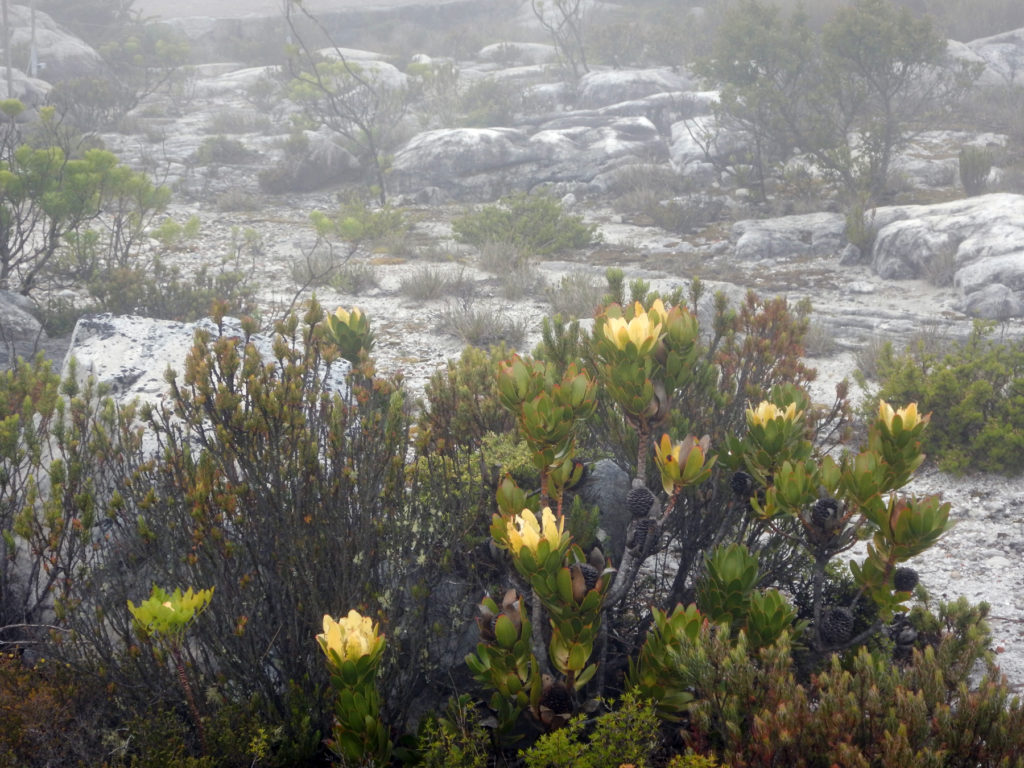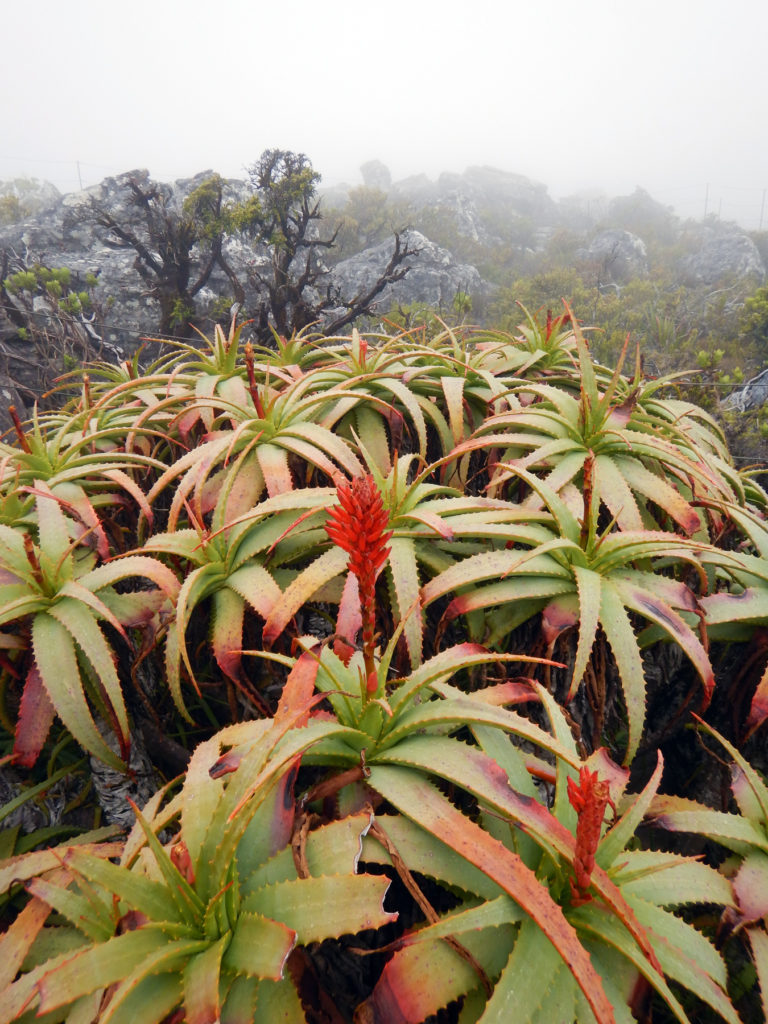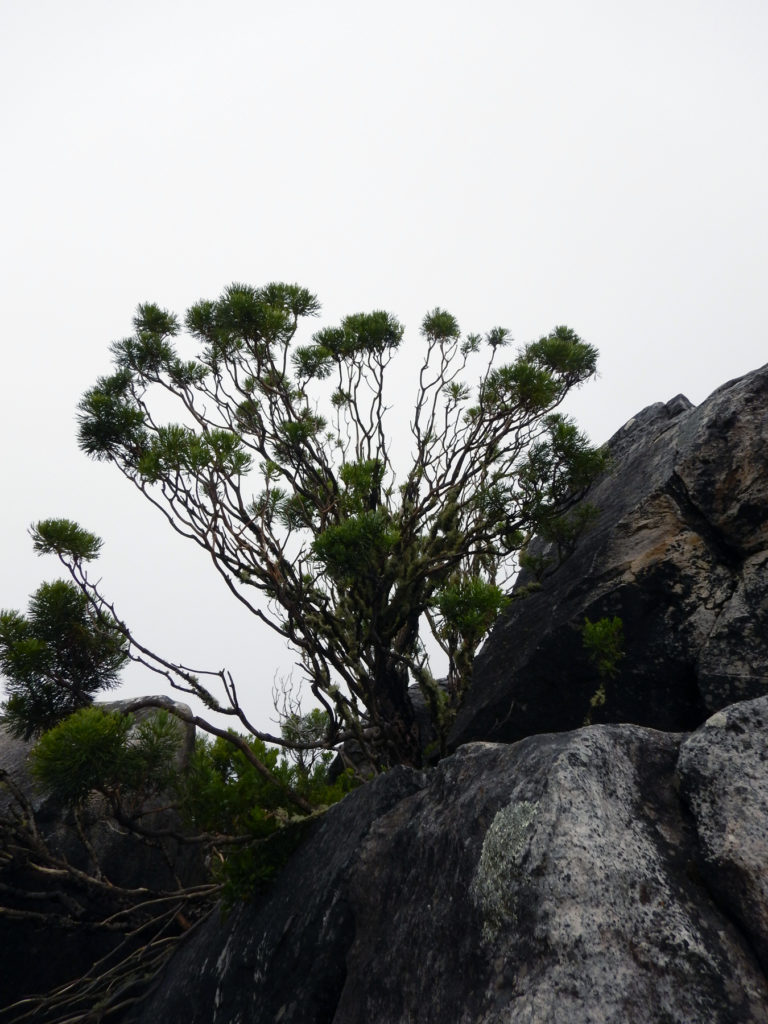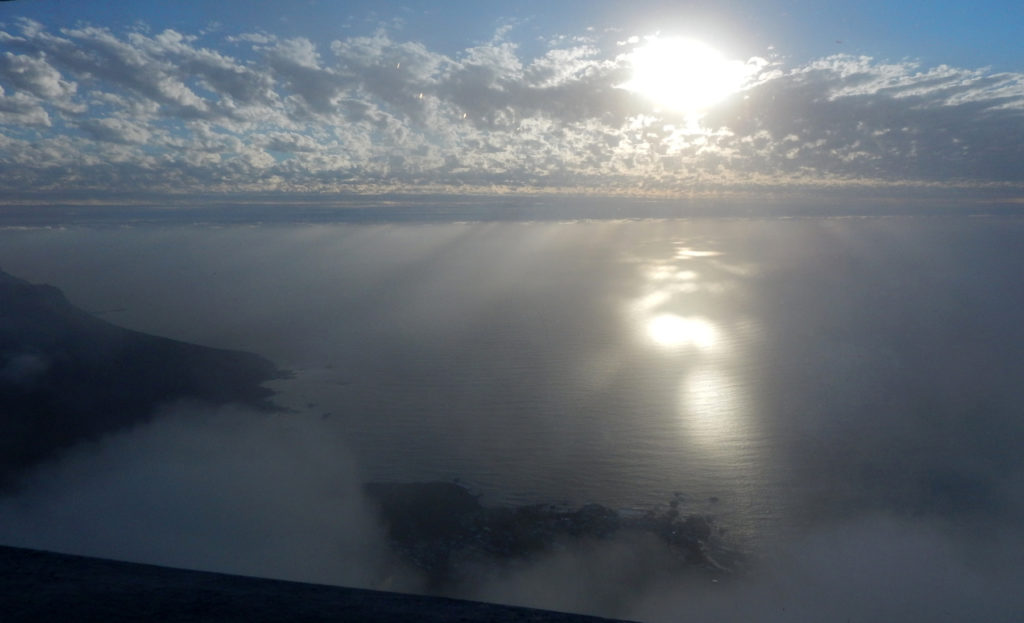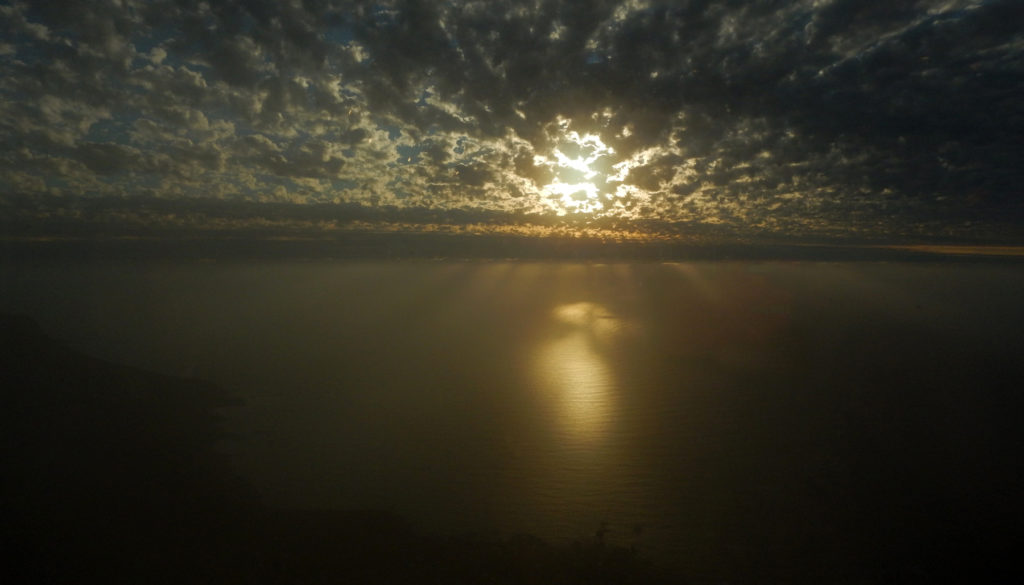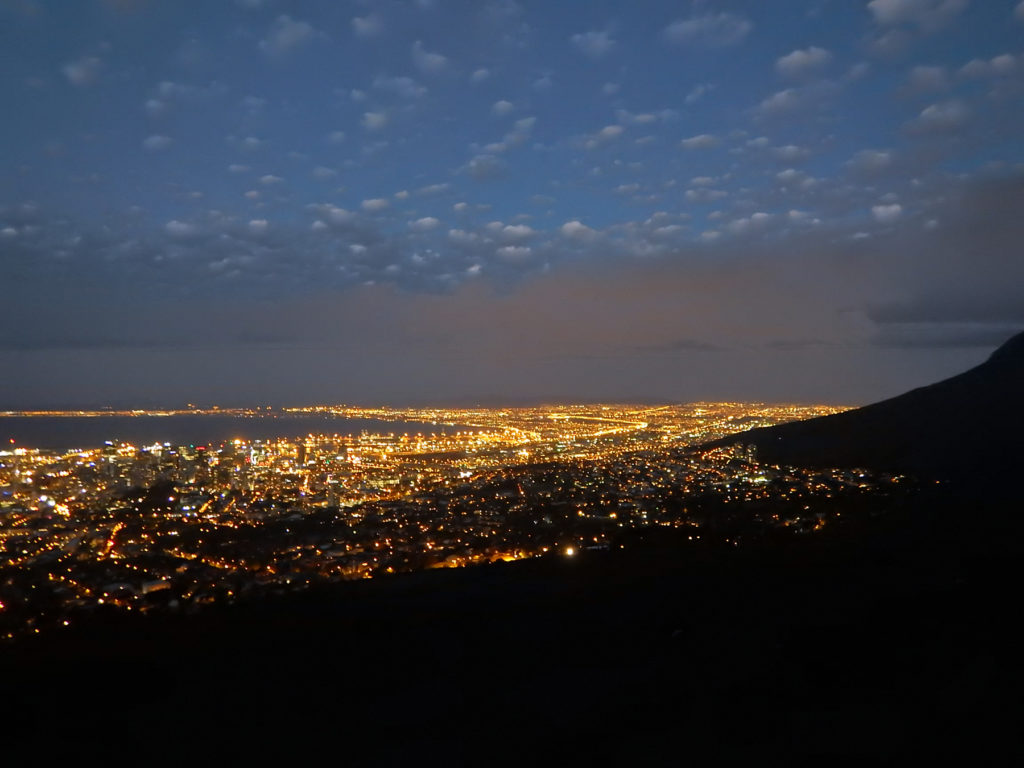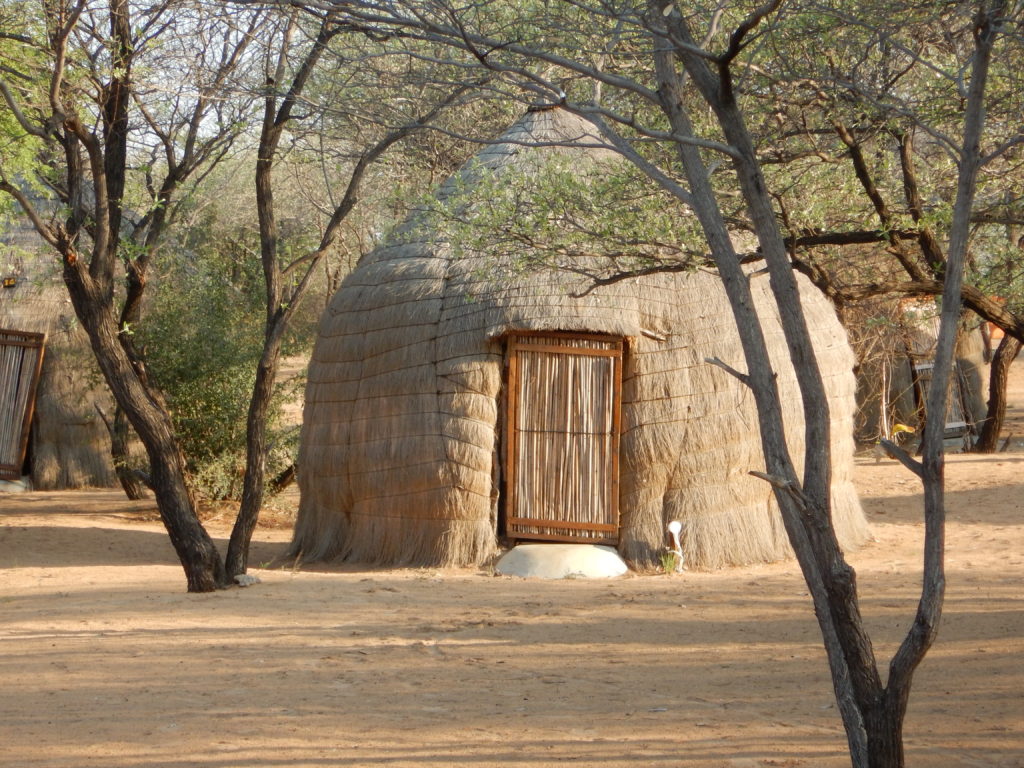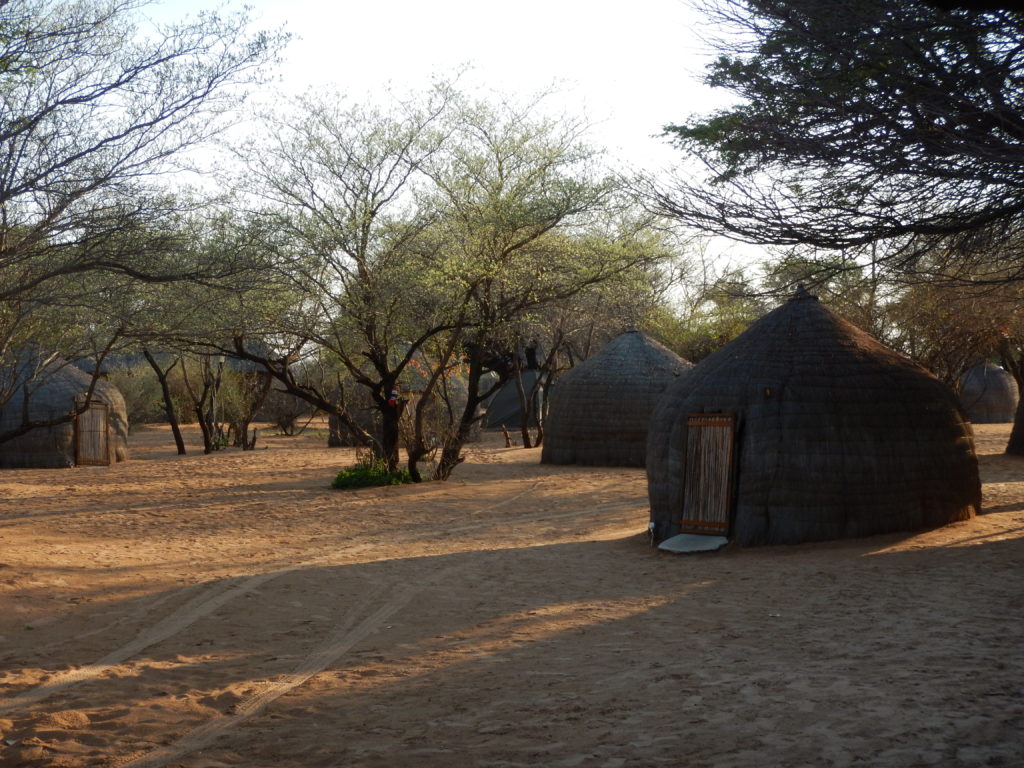They passed me near the pickles. She was about 7 years old, with a voice that carried, demanding, over and over. At the end of the aisle, her mother replied quietly with something that sounded like, “You need to ___ or ___.” Daughter thought about it briefly, but decided to continue, hesitantly at first, then as before. I met them again near the canned vegetables. Her mother spoke to her quietly. Then, “No, Mommy! No, no!”
I looked up.

It was about 8:30, the end of a busy day. All of us were stocking up ahead of a winter storm. Mother was dealing with daughter by using her words quietly. Effectively. I didn’t hear what she said, but she had laid down the law. “No, Mommy! No, no!” continued as mother picked up chips and paper towel.
“I don’t want to go, Mommy!” was the new refrain somewhere near the eggs. “Mommy, I don’t want to go! Don’t make me go! Please, Mommy, please! Please! Pleeeeeeeeeease!”
There was no fear in the child’s voice and no anger in the mother’s response. This was a power struggle, and the mother was not giving in.
Near the checkout, hoping to bargain, daughter tried, “Maybe, Mommy? Maybe I don’t have to go? Maybe?”
I wanted to tell this mother how much I respected what she was doing. That what she was doing was SO important. That I admired her calm. I wanted to support her. But I didn’t know how. I didn’t want to sound condescending, and I didn’t want to butt in.
They were behind me in the self-check area, daughter still nonstop. “Maybe, Mommy? Pleeeeease?”
A third shopper came in. From his scanner he spoke to the mother, “You’re doing the right thing. I’ve got one just like that at home. Kids are terrorists! You can’t give in. You’re doing the right thing.”
“Yeah,” I smiled to myself. “That’s how to do it.”
She thanked him and said that there had been an after-school event and that daughter was up a little past her bedtime. We scanned and bagged and headed out the door.
She had parked right behind me. Strapped in her car seat, the daughter was still begging as mother loaded groceries into the back. I walked over. “Moms rule!” I said, and we shared a fistbump. “Thanks,” she said, “I needed that.”
